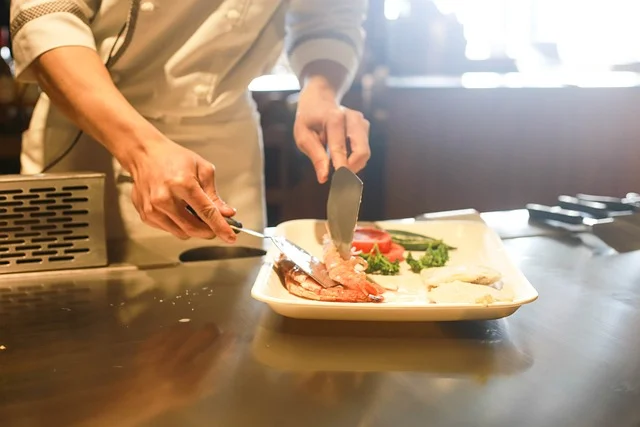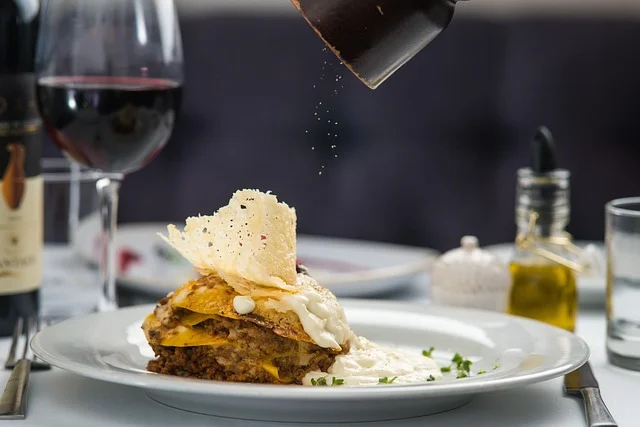Profitable food business: complete guide
If you are an entrepreneurial spirit looking for the key to success in the restaurant business, you are in the right place. Right now, the fine line between success and failure becomes an exciting challenge.
The possibilities seem endless, and you probably find yourself in a sea of ideas: restaurants with enigmatic cuisine, cosy small places that captivate on Instagram, culinary caravans, vegan options, artisanal sushi, authentic tapas or unparalleled burgers.
First, we need to define the type of cuisine you want to offer, and then determine the business model that best suits your aspirations. This step is crucial in the search for the answer to the question of what type of restaurant is the most profitable for you.

Fundamental considerations before setting up a hospitality business
Before making a decision, it is crucial to study the possibilities and define the audience you want to attract.
If you prefer a face-to-face approach, research the ideal location, the tastes of the local community and the types of food they tend to consume.
Do some preliminary research before committing fully to an idea.
For example, if your dream is to open a sushi restaurant in a residential area with families, this may not be the perfect match. Asian food is not always the top choice for families of certain ages and young children.
Start a short brainstorming process to find out which type of restaurant is the most profitable.
What types of restaurants can we find in Spain?
1. Gourmet restaurants
Gourmet restaurants stand out for offering top quality food with a chef-driven menu and a clear gastronomic approach.
2. Theme restaurants
Themed restaurants specialise in a specific cuisine or country, and everything from the décor to the music follows the theme.
Examples of these are Mexican, Chinese, Japanese, American, Italian, etc.
3. Fast food restaurants
Fast food restaurants have become a mainstay of the gastronomic industry, with standardised preparation processes and fast food offerings.
Examples range from the classic hamburger joints with products from €1 to kebabs or well-known pizza chains.
4. Buffet restaurants
Buffet restaurants, common in hotels, offer a wide variety of gastronomic options that diners can serve themselves as they wish.
Nowadays there are also themed buffet restaurants (mainly Asian).
5. Signature restaurants
Signature restaurants are known for their creativity and originality in the creation of dishes, constantly searching for new flavours and textures.
This type of business tends to be the ones with Michelin stars and the prices tend to be the highest without a doubt.
6. Family restaurants
Family restaurants, often run by generations, are known for their simplicity and affordability.
They often feature menus with homemade food prepared by a member of the family.
7. Fusion restaurants
Fusion restaurants combine ingredients and techniques from different gastronomic cultures to offer dishes with exotic flavours.
From Italian with Asian dishes, to Mexican with Basque dishes for example.

What is the most profitable restaurant today?
After exploring the typologies and considering the necessary vision, we come to the heart of the matter: analysing the most profitable business models in the world of catering.
Food Trucks
Food trucks, far from being a passing fad, are a consolidated trend. This business model tends to be quite profitable due to its small staff, low costs and lack of rent. They can operate in fixed locations or tour different venues and events, providing versatility.
Dark Kitchen
Ghost kitchens, popular since the 2020 pandemic, also deserve consideration. This approach involves preparing food exclusively for home delivery, with no on-site catering. Costs are often significantly lower than conventional restaurants, and it is common to partner with delivery services such as Glovo ,Just Eat or Uber Eats.
Pizzerias
Pizzas are a perennial choice that appeals to a wide audience. Because it's a crowd pleaser, it's a popular choice for lunch, dinner and delivery. Differentiation is key, whether through original flavours, customised options or specialising in home delivery.
Private Chefs or Private Cooks
This service, on the rise due to the pandemic, is characterised by a personal and direct relationship with customers. Although costs are low when cooking in private homes, creativity and culinary skills are needed to excel in this field.
What is the profit margin of a restaurant?
The profit margin of a restaurant can vary significantly depending on several factors, including the type of restaurant, location, concept, management and other specific elements of the business.
In general, the profit margin is the percentage of revenue remaining after deducting all costs and expenses related to the operation of the restaurant.
Here are some key points to consider:
- Food Cost
Food cost, i.e. the cost of ingredients used in the preparation of dishes, is one of the main factors affecting the profit margin. Restaurants usually aim to keep food cost in the range of 25% to 40% of total revenue.
- Labour cost (staff)
Labour cost, which includes wages and benefits for kitchen and service staff, is another important component of expenses. The aim is to keep labour costs in the range of 25% to 35% of revenue.
- Operating costs
This includes expenses such as venue rent or mortgage, utilities, insurance, licenses, restaurant supplies, marketing and other overheads. Operating costs are typically in the range of 15% to 25% of revenue.
- Initial Investments
Initial expenses, such as renovation of the premises, purchase of kitchen equipment, furniture and decoration, as well as other start-up costs, can affect the profit margin in the first months of operation.
- Pricing and sales strategy
Pricing strategy, menu pricing and demand management influence revenue. A proper balance between food quality and pricing is essential.
- Customer volume
The number of customers served and table turnover also affect revenue and ultimately profit margin. Restaurants that can maintain high occupancy have better profit potential.
- Operating efficiency
Efficient management of resources and reduction of unnecessary costs can improve profit margin.
- Type of restaurant
The type of restaurant and its concept (e.g. fast food, high-end restaurant, themed food) can influence the profit margin.
Some concepts have higher margins due to premium prices, while others focus on higher sales volume with lower margins.
- Ubicación
The geographic location of the restaurant also plays an important role in profitability. Rental costs, competition and local demographics can vary significantly from one location to another.
It is essential to constantly track costs and revenues to calculate and improve profit margin.
Ultimately, the desired profit margin may vary depending on specific business objectives and circumstances, but maintaining a balance between expenses and revenues is critical to achieving sustainable profitability.
